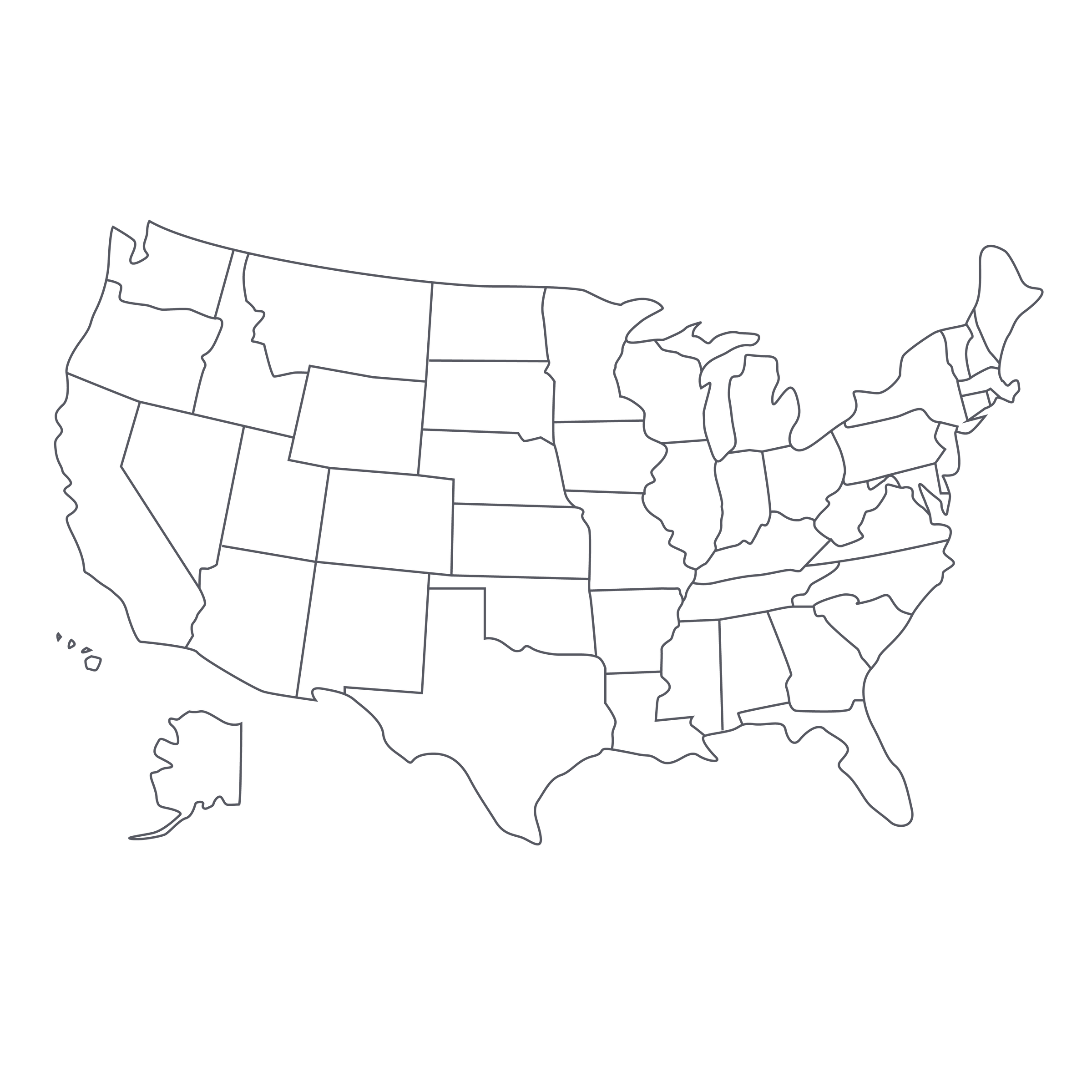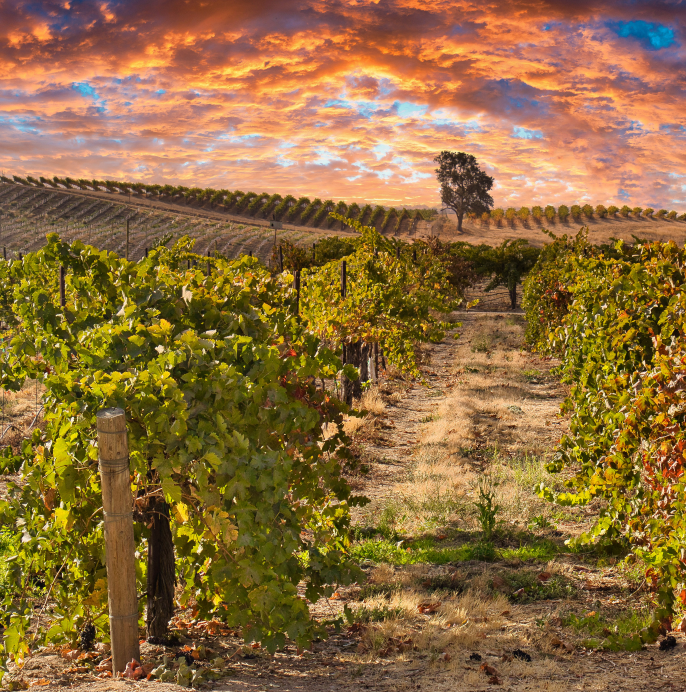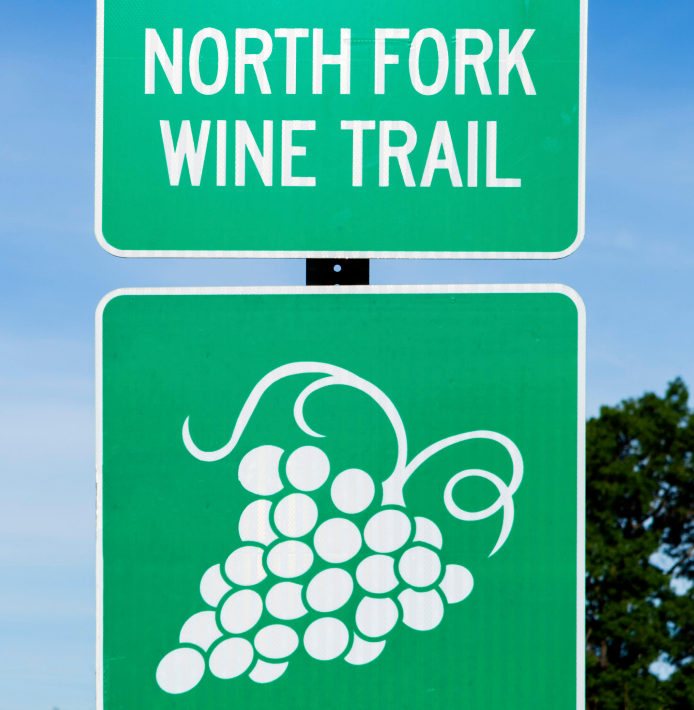Sometimes it seems like every serious Napa Valley red is allocated, punishingly expensive, and therefore more of a trophy to be displayed than something to be uncorked with dinner. Where are the Napa wines good enough to reward attention—and merit some cellar space—but inexpensive enough to become part of your regular routine? Well, I’ve got one right here: Picayune’s paradigm-shifting “Padlock.”
When French winemaker Claire Weinkauf first moved to the Valley, she was shocked to find a dearth of “daily drinkers” from her new home region. Enter her passion project, Picayune Cellars, here to bring back the ritual of weeknight wine. Her “Padlock” Bordeaux-style blend (almost equal parts Cabernet Sauvignon, Cabernet Franc, and Merlot) is here to be enjoyed tonight as the antidote to a long day, preferably with someone you love. Claire believes in accessibility without compromising quality, and borrowed a leaf from the Bordeaux
négociant system to see out her dream of delivering a pure dose of Napa Valley terroir for an outrageously fair $35. It’s not wine you have to cellar (although you can), or pair with the perfect food (although you should)—it’s just a delicious, perfectly crafted red that brings you real-deal Napa Valley character without taking out a second mortgage. As you know, we devote a lot of space on SommSelect to the incredible quality-for-dollar coming out of Bordeaux; I can’t tell you how gratifying it is to have a wine from my own backyard take on the
Bordelais at this price point. It’s a “Paris Tasting” experience for the 99 percent!
Picayune means “little bit” in regional French, and sounds particularly good in Claire’s musical accent. She’s originally from Auvergne, France, mountainous region of thermal hot-springs and snow-covered mountains. Her family dinner table often featured Sancerre or Morgon—delicious, appetite-stimulating wines designed for immediate consumption. Those seminal experiences still influence the way Claire thinks about wine today: deeply connected to friends, family, and food.
Her resume reads like an adventure novel: a Chilean winemaking degree followed by harvests in St. Emilion and the Côtes-du-Rhône. She met Paul Hobbs while working in South America and was offered a position at his Argentinian winery, Viña Cobos. It was Hobbs who inspired Claire’s move to California in 2006. She worked for him until 2010 when she launched Claire de Lune Consulting, helping producers as diverse as Matthiasson, Anomaly and Morlet craft their wines. But ultimately, Claire couldn’t help noticing that most Napa winemakers focused on producing bottles for collectors. Where were the wines for the drinkers?
She founded Picayune in 2011 with the intent of answering that question. Claire drew inspiration from the Bordeaux négociant system to offer top-quality Napa-grown wines at weeknight prices. She purchases juice from a variety of carefully guarded sources, ranging from Coomsbville all the way to Saint Helena, then carefully creates the perfect master blend herself. In 2016, every drop of this Bordeaux-style blend came from vineyards practicing certified organic farming. Claire will never give up her sources, protecting the relationships she’s built over a decade of working in Napa and inspiring the mysterious name “Padlock”. She knows how to keep a secret and we’re okay with that, provided it keeps this ridiculously drinkable wine on the shelves. It’s such an unexpected pleasure to drink Napa without worrying about price point, and at $35 a bottle the only thing we’re worrying about is where to stack the cases!
Claire lets her finely tuned European palate make the decisions, here. She intends this wine to drink like old Napa—good acidity, fine tannins, and balanced but juicy fruit. A 10-day fermentation in open-top tanks prevents over-extraction and preserves some really delightful floral aromatics. The 2016 “Padlock” was aged in French oak barrels for 15 months and racked every four. Claire assembles the final blend over a few days of careful tasting and deliberation. The 2016 is 36% Cabernet Sauvignon, 36% Cabernet Franc, and 28% Merlot.
The result is wickedly delicious, full of energy, and invitingly aromatic. A dark garnet core hides glimmers of purple. Aromas of cassis, plums, dusty earth, violets, and fresh blackberries are layered among savory roasted coffee and cocoa notes. The palate is full of soft, mineral tannins and elderberry fruit. High-toned aromatics are tempered by Old World structure, showcasing restraint and balance over muscle. It’s tempting to try and Sherlock Holmes your way through the glass: Rutherford dust? Coombsville acidity? But I’d recommend a complete surrender. Just enjoy the Padlock as it’s supposed to be: the whole bottle, shared with a friend over pasta bolognese topped with a pile of snowy parmesan. Decanting for a quick 10 minutes will bring the aromatics into focus before serving in big Bordeaux glasses at 60-65 degrees. Careful...it’ll be gone before you can say “is there another bottle?”






